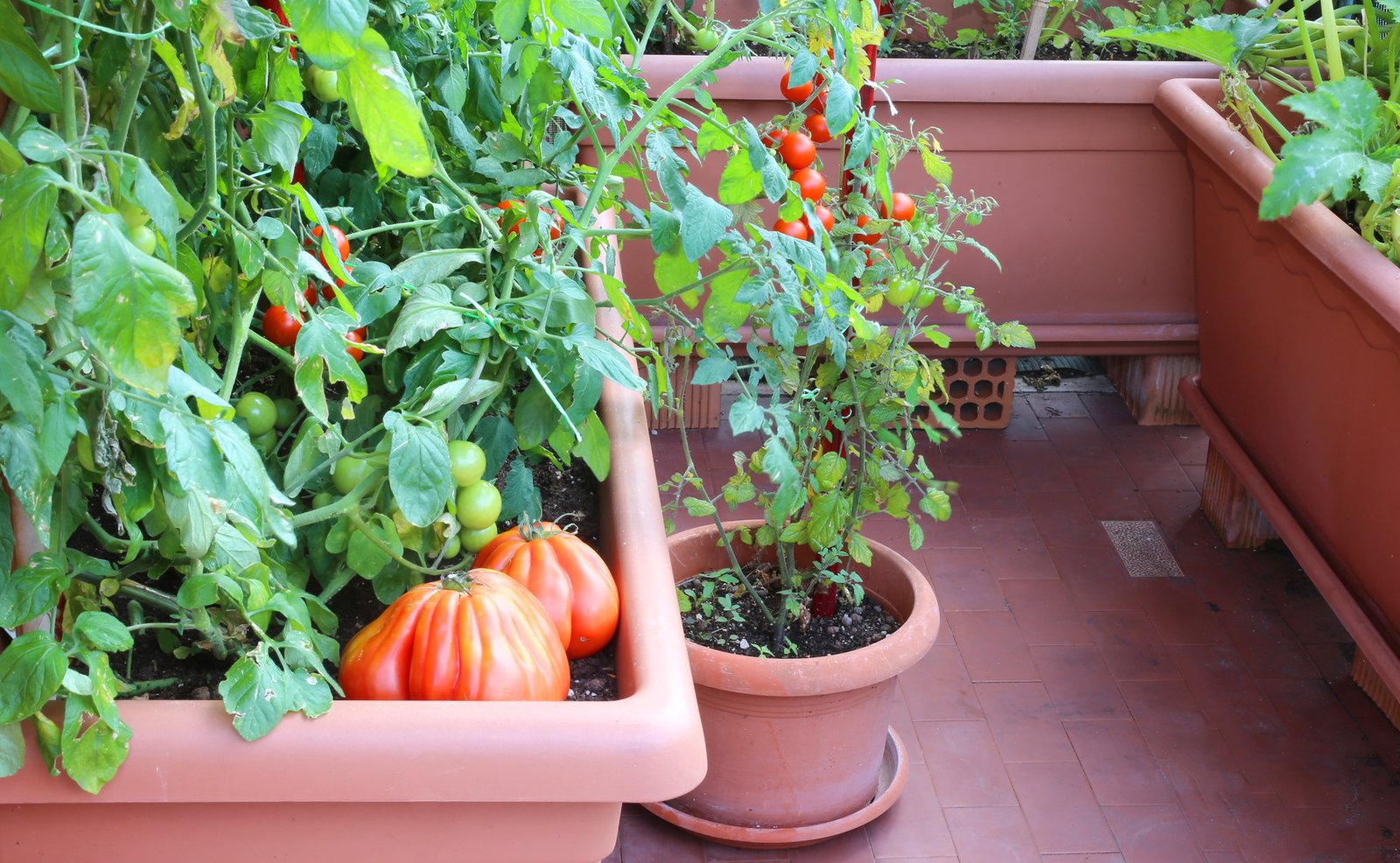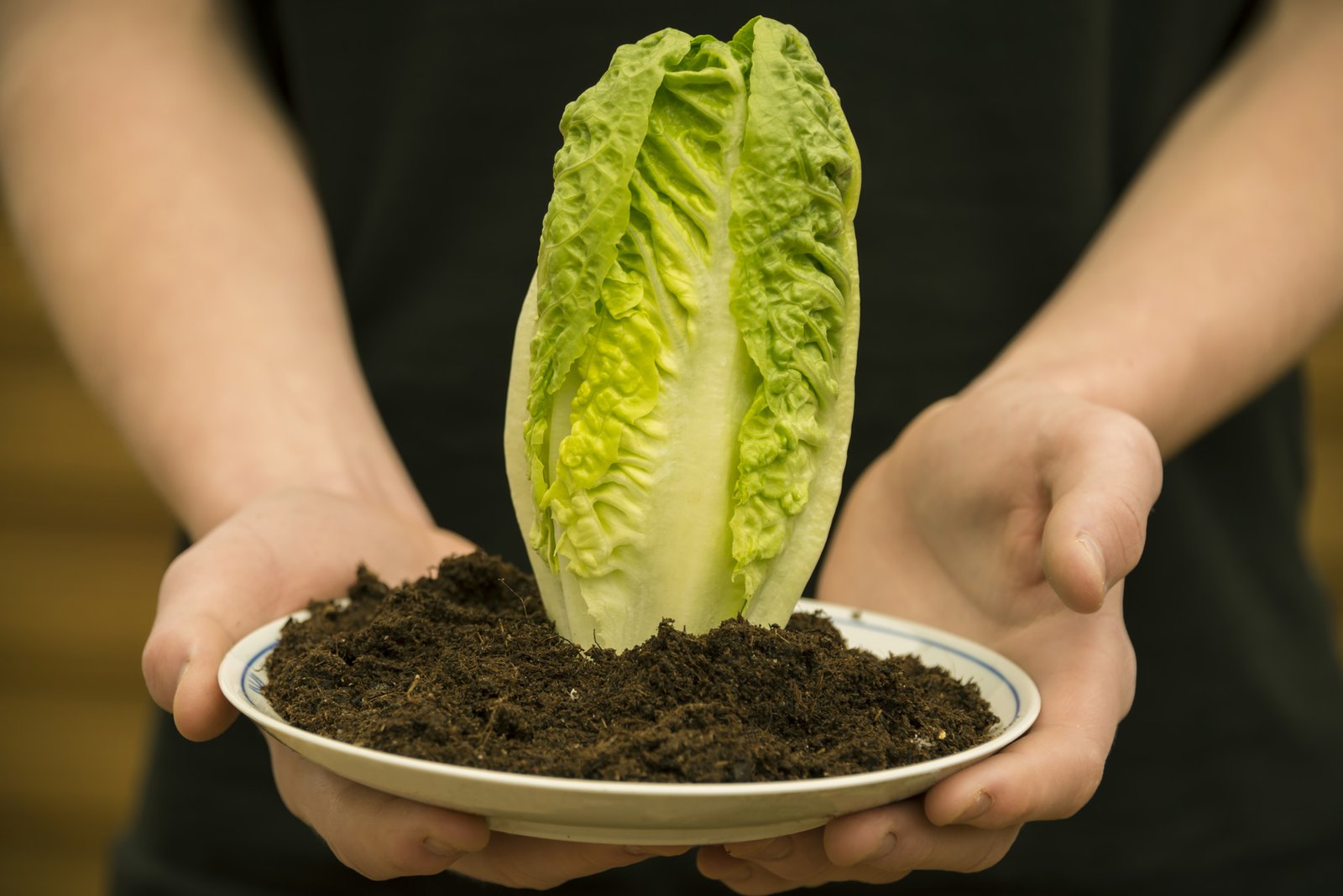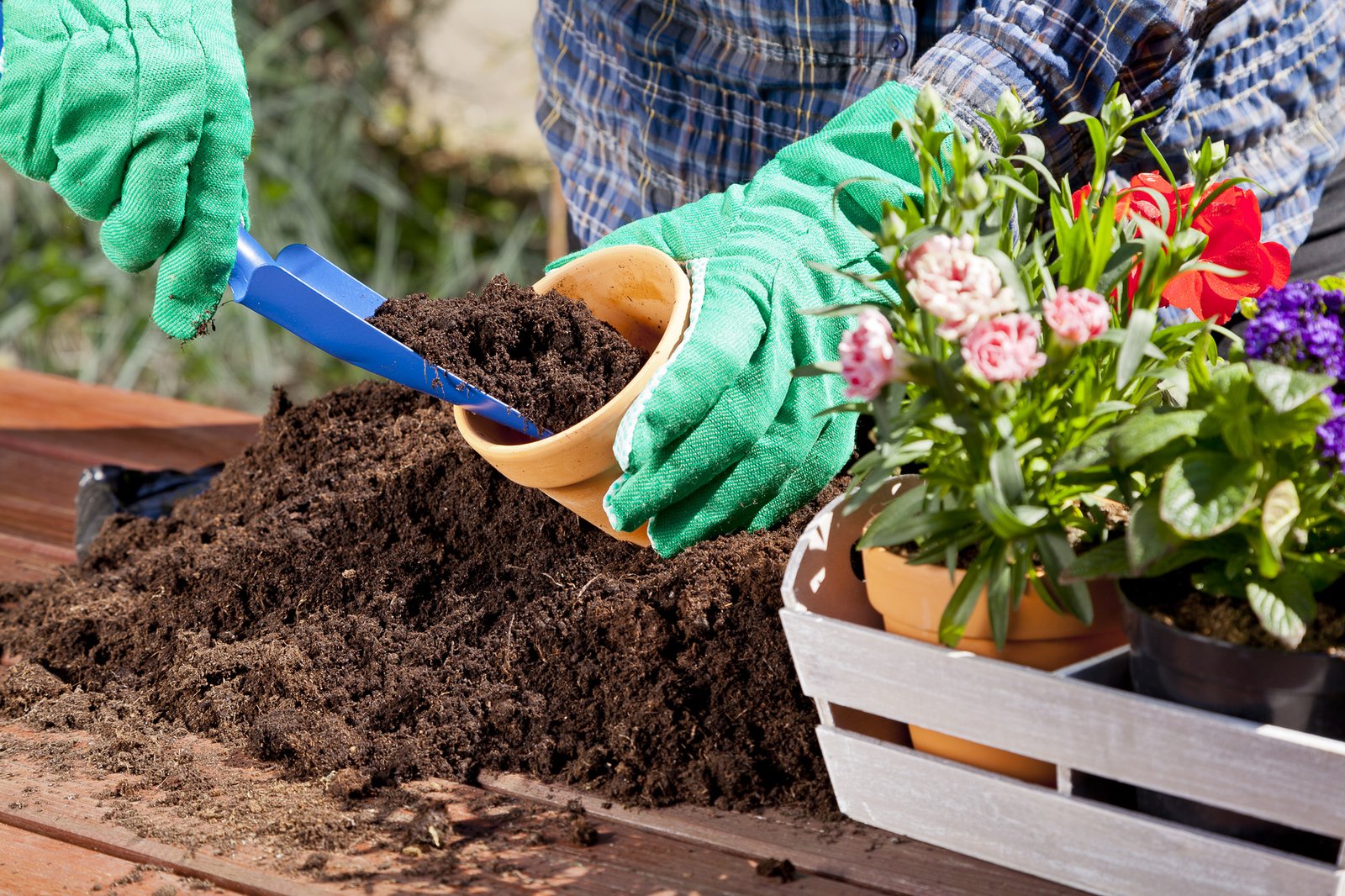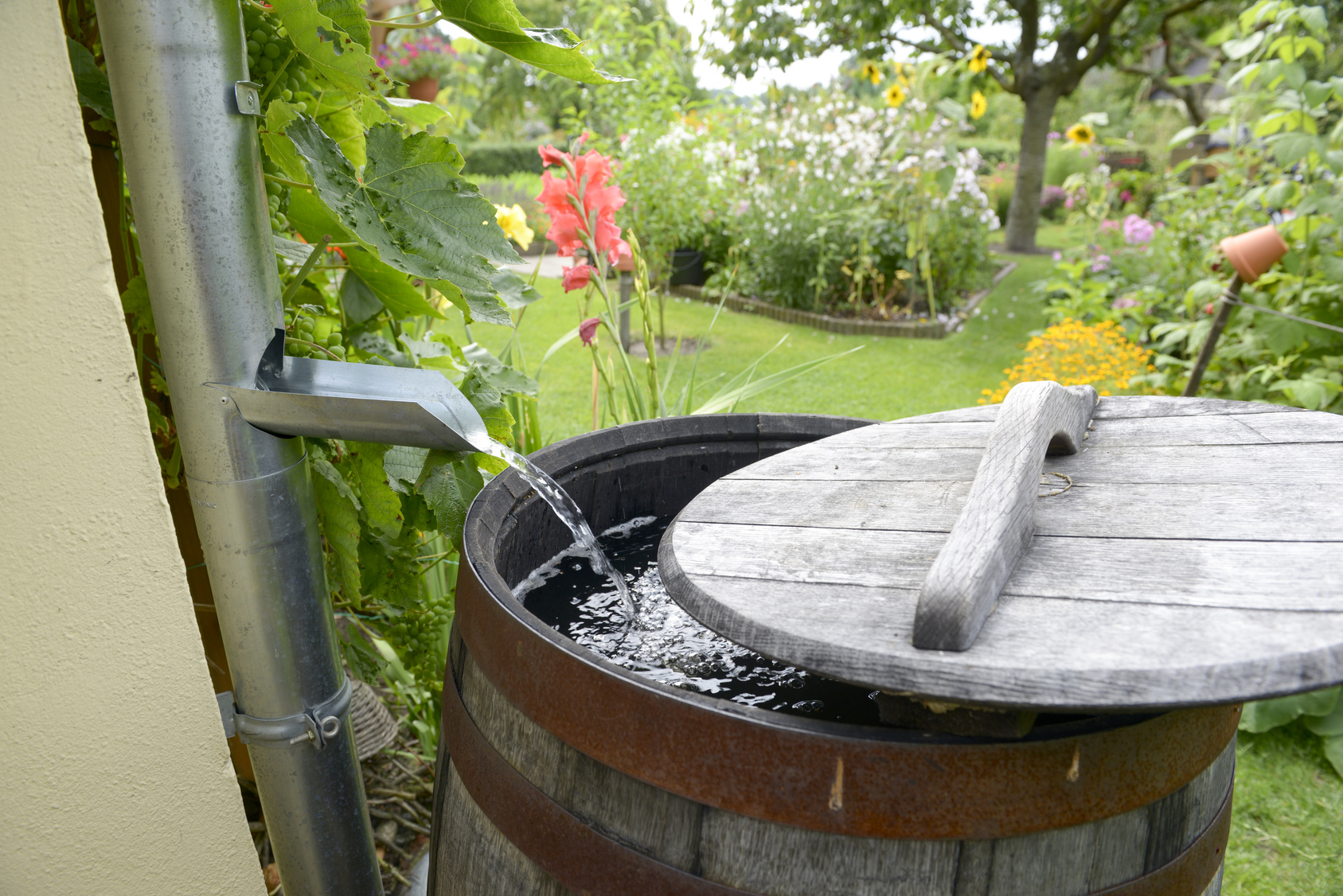3 reasons why plants die and how to prevent it

If you are one of those people who repeatedly buy plants and see them die in a couple weeks after they are under your care this post is for you. You have probably asked yourself: why do all my plants die? And maybe even got here after searching these exact same words on a search engine like Google.

The first thing you need to know is that if you followed all the instructions given by the producer and even additional instructions found on the internet or given by friends to care for the specific species you have, it may not be your fault they are dying. However, if you are a total beginner in gardening or need to check if you are providing the basic care to your plants read this post or refer to our gardening section.
If you tried everything to provide the best care to your plants but they still keep dying despite all your effort, there may be another problem or special need caused by the plant supplier. Although in some cases it may be too late to save your plant, in most situations, there are actions you can take to revert it.
There are 3 common reasons why plants arrive at your home already too weak to survive with just regular care as we explain below with some tips on how to deal with these problems.
1. It is incorrectly planted
This frequently happens with plants bought as gifts as the suppliers like to arrange them in a way that looks nicer and not necessarily provide them with the best container and compost. Orchids are affected by this very often, as the best compost for them usually looks too rustic or messy for a gift. Sometimes, they are also arranged in pots that are too big in order to hide their roots and this is a mistake since it is very important for orchid’s health that their roots are well ventilated and humid.

Whenever you buy a plant or receive it as a gift, don’t assume it is planted in the best way possible and just needs basic care. Check the species and the proper way to plant it and, if necessary, repot it. Try to do it as soon as you get the plant as it may have been in this inadequate environment for a while and may not be as healthy as its external look makes you believe.
2. It is infected by a pest
Despite their healthy and beautiful appearance, some plants are already infected by pests before you buy them. Some pests are very tiny and only attack the plant in hidden areas such as underneath the leaves or even only the roots so a superficial visual check may be insufficient to spot problems.
Before buying a plant, you should check its leaves and look for any abnormal colours and shapes on leaves, stems, buds, flowers and fruits. Also, check the soil and use your finger if possible to displace some of the compost in order to check for pests in the roots.
If you see very tiny white, black, brown, green or yellow moving creatures they are probably aphids. Aphids are less than 3.5 mm pests that feed on plants and reproduce very fast. They reproduce so fast that they can eat a plant’s roots completely before you notice any visible problem on its leaves and stems.

Nonetheless, if the roots are still in place, there are many natural solutions to kill aphids. You can make different mixtures to spray your plants:
- A teaspoon of vinegar and another of lemon for every 200 ml of water
- Boil some garlic cloves in water and let in cool down
- A teaspoon of liquid soap for every 200 ml of water
- 100g of tobacco and 100g of liquid soap dissolved in 500 ml of alcohol and 500 ml of water
Choose one of the options and spray all over your plants, including the roots. You don’t need to be precise with measurements in the mixture as they are natural ingredients but acid ingredients like vinegar can burn the leaves if not dissolved in enough water.
3. It requires some special care
As we mentioned above, some plants have been arranged and displayed in such an improper way to make them look nicer and attract buyers that they require special care to recover and grow healthy again. This may include repoting, removing dry leaves and roots, adding more compost and fertilising. Check how healthy your plant really is and opt for natural fertilisers whenever possible. As a general rule, dry leaves and flowers should be removed to help the plant concentrate on new buds and stems.

Don’t feel discouraged if plants seem to die in your home! You may have been unlucky or buying from the wrong supplier. Prefer local small producers as a supplier as they are able to better care for individual plants and whenever you buy from supermarkets or gift shops, don’t assume the plants are healthy and adequately arranged. Research the specific needs of your plants well and preferably start with species that are easy to care for. Keep on trying and Green It Yourself Now!
Aphids image by vintagelolkats





